On Feb. 8, 2010, space shuttle Endeavour began its 24th trip into space, on the 20A assembly mission to the International Space Station, the 32nd shuttle flight to the orbiting lab. The STS-130 crew included Commander George Zamka, Pilot Terry Virts, and Mission Specialists Kathryn Hire, Stephen Robinson, Nicholas Patrick, and Robert Behnken. During the nearly 14-day mission, they worked jointly with the five-person Expedition 22 crew during nearly 10 days of docked operations. The mission's primary objectives included delivering the Tranquility module and the cupola to the space station, adding 21 tons of hardware to the facility. Behnken and Patrick conducted three spacewalks to aid in the installation of Tranquility.
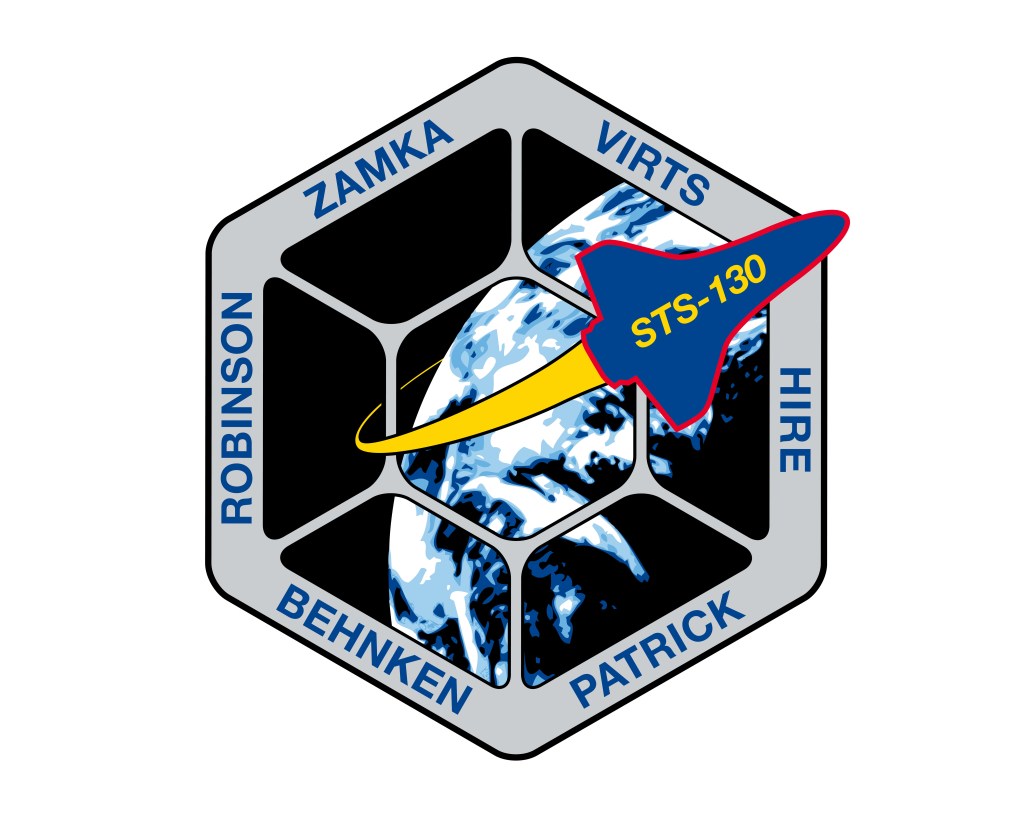
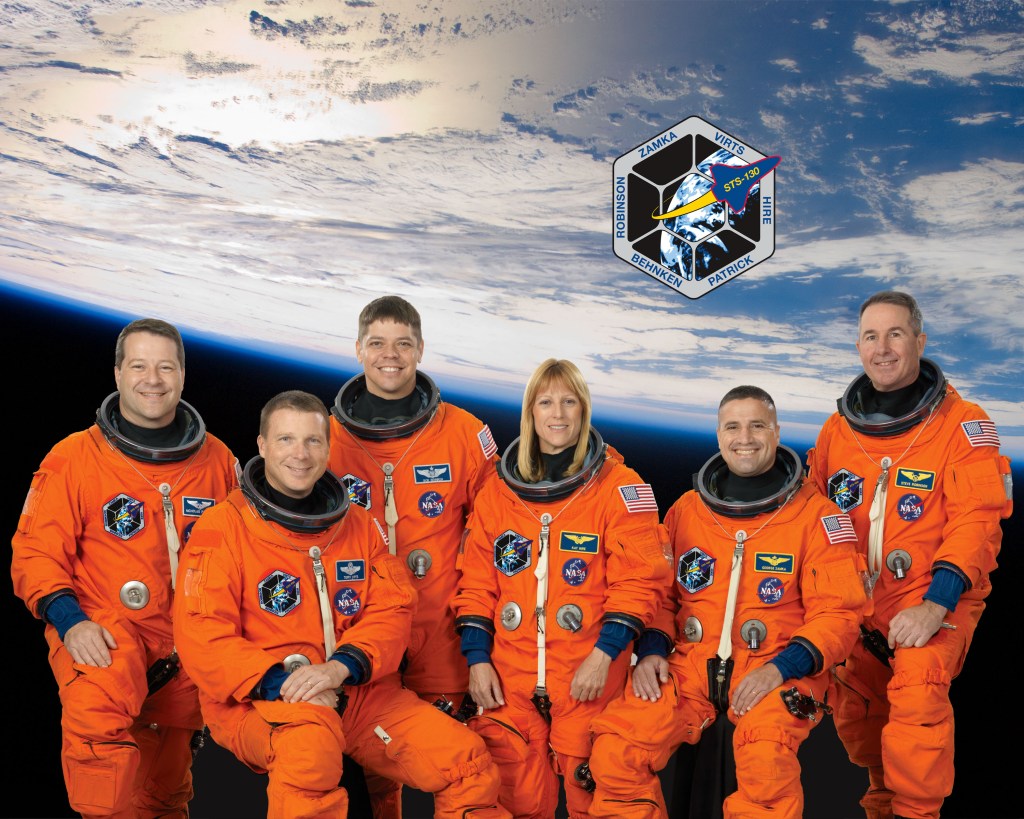
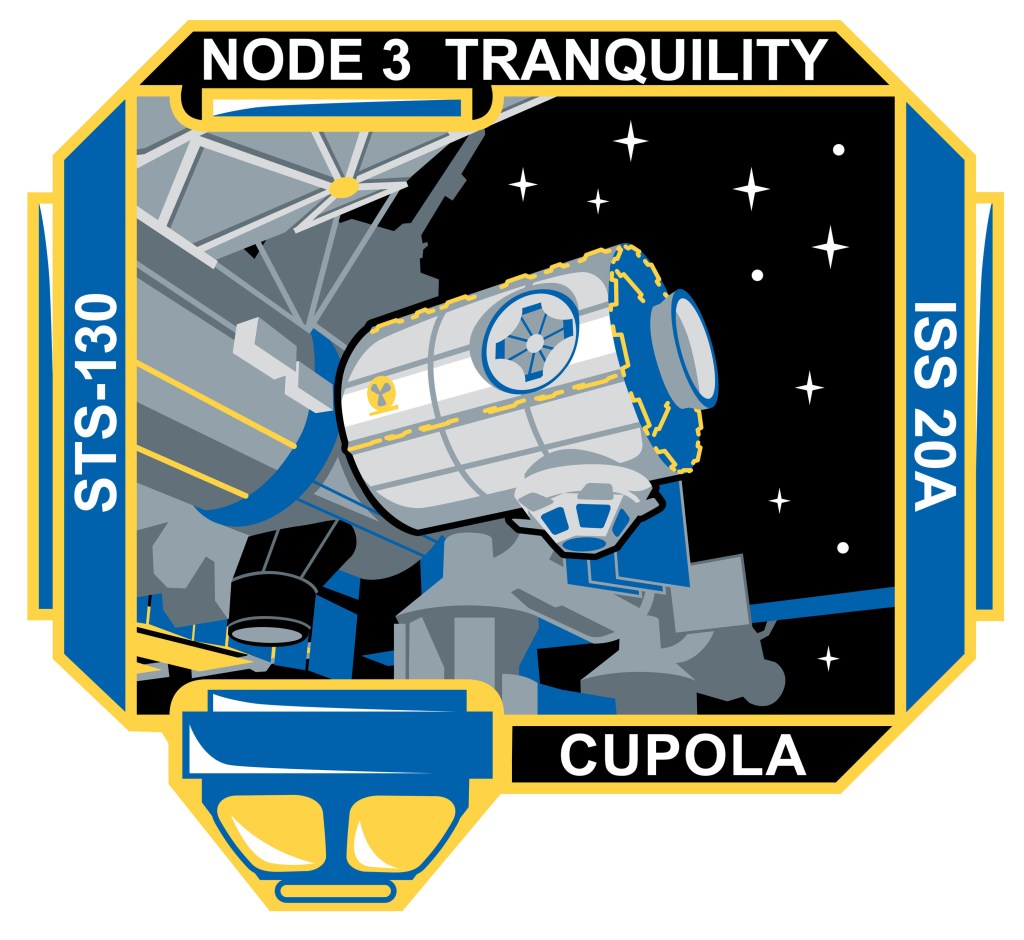
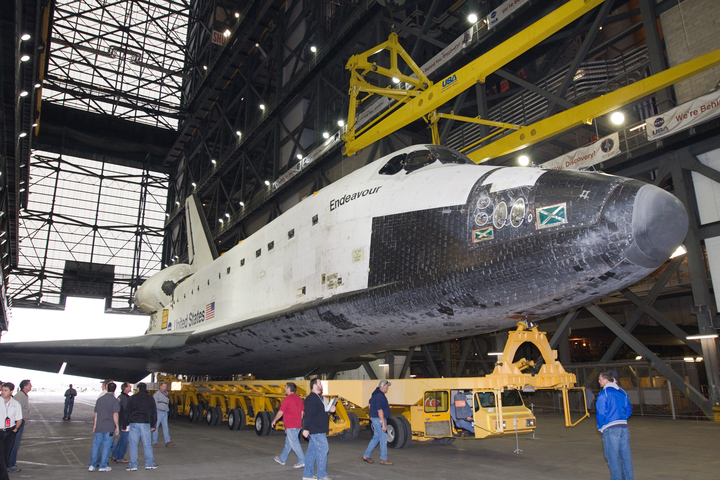
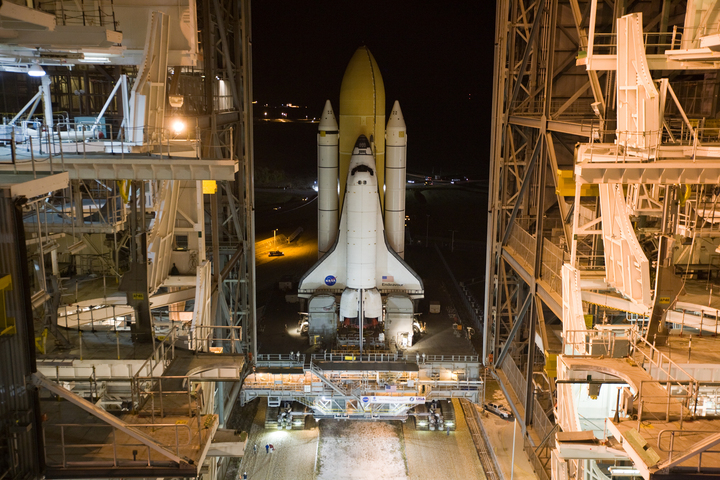
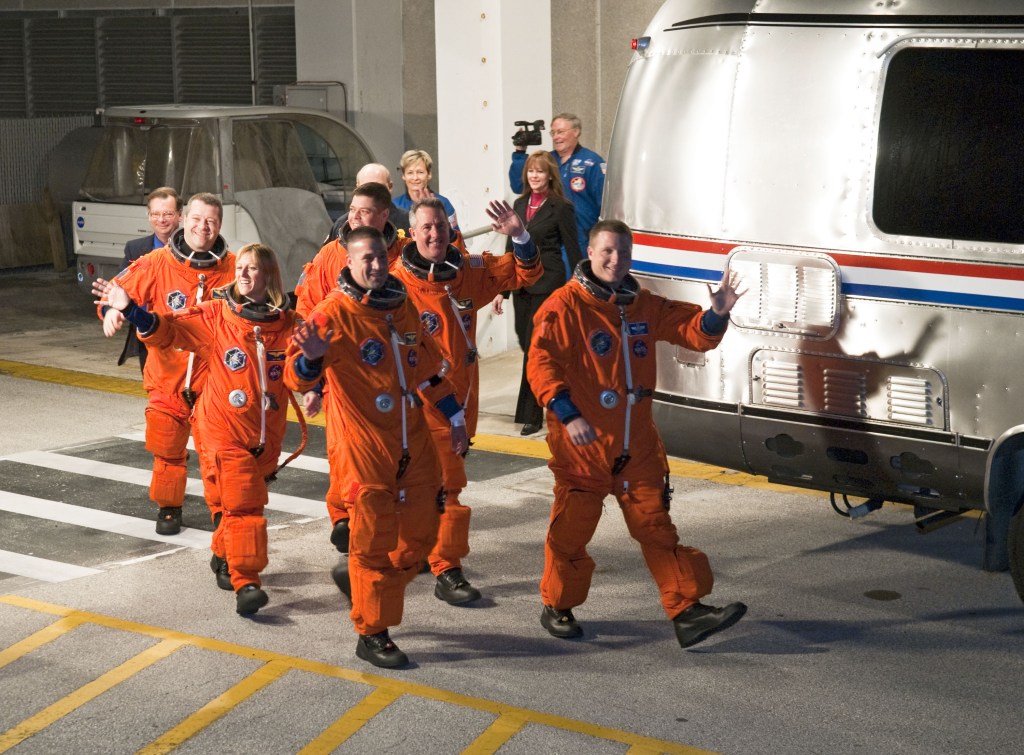
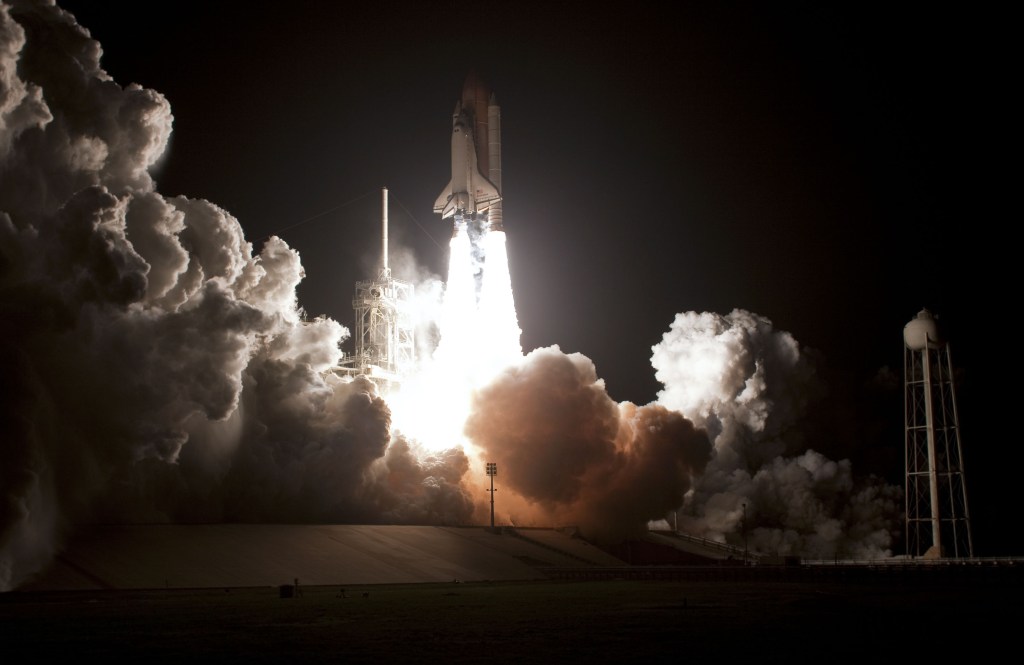
Endeavour rolled out to Launch Pad 39A on Jan. 6, 2010, targeting a Feb. 7 launch. The crew arrived at NASA's Kennedy Space Center in Florida on Feb. 3 to prepare for launch. Inclement weather delayed the initial launch attempt by 24 hours. On Feb. 8, at 4:14 a.m. EST, space shuttle Endeavour lifted off, carrying its six-person crew. The flight marked Robinson's fourth trip into space, previously serving as a mission specialist on STS-85, STS-95, and STS-114, Zamka's, Hire's, Patrick's, and Behnken's second time in space, having flown on STS-120, STS-90, STS-116, and STS-123, respectively, while Virts enjoyed his first taste of weightlessness.
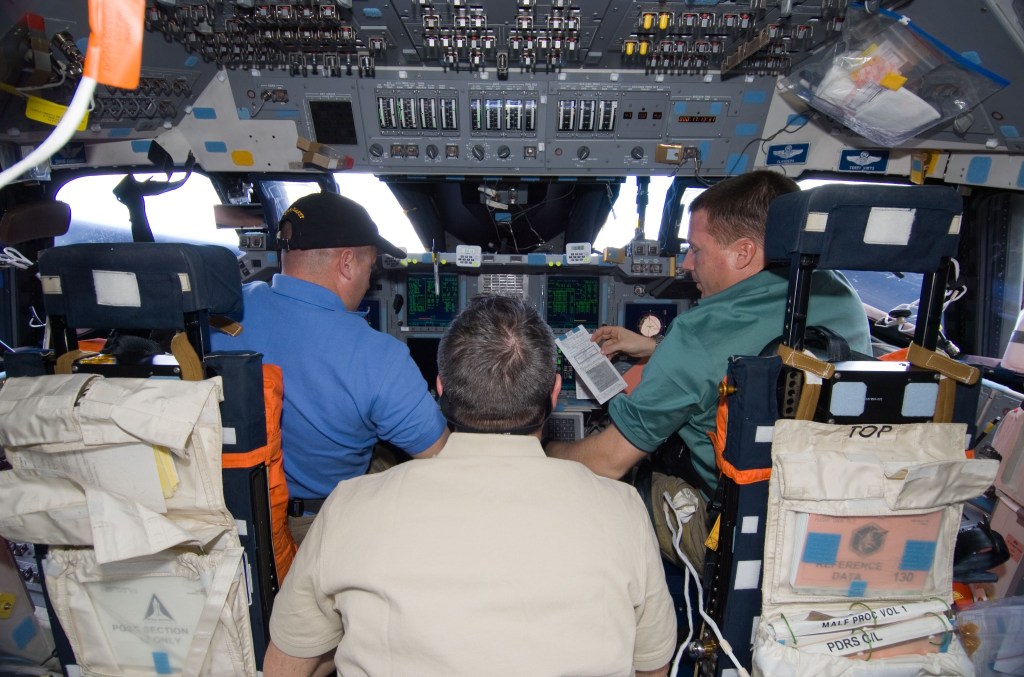
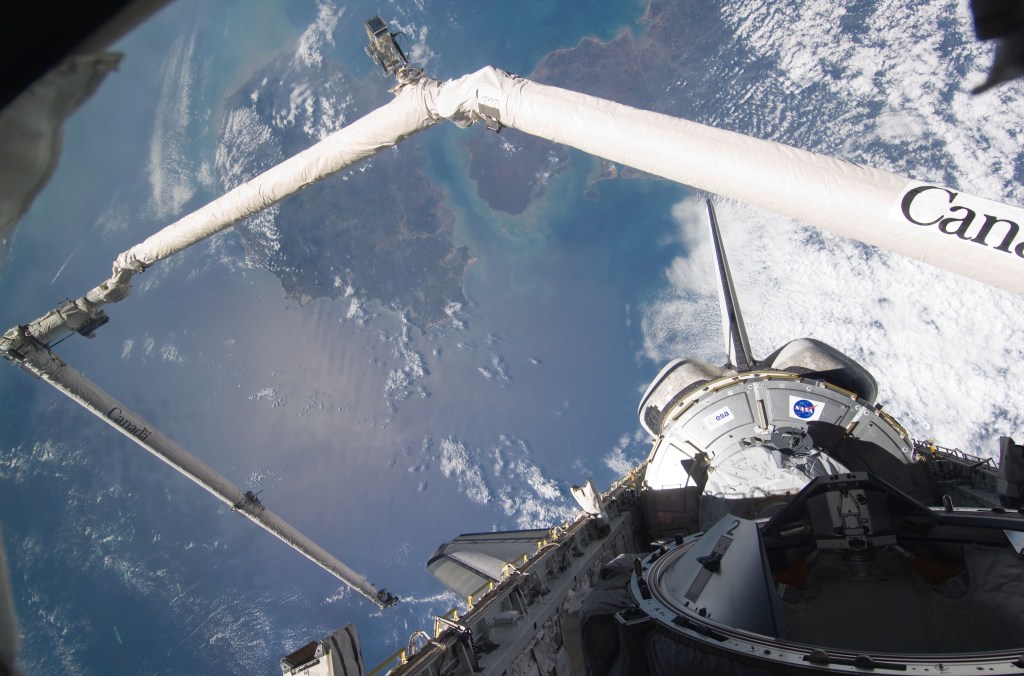
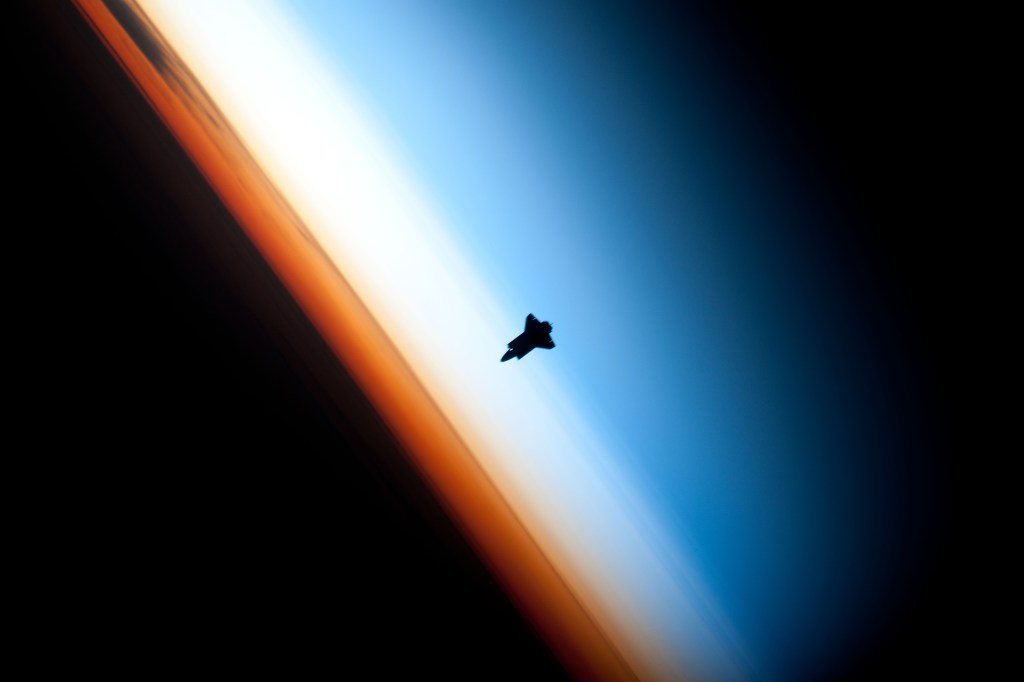
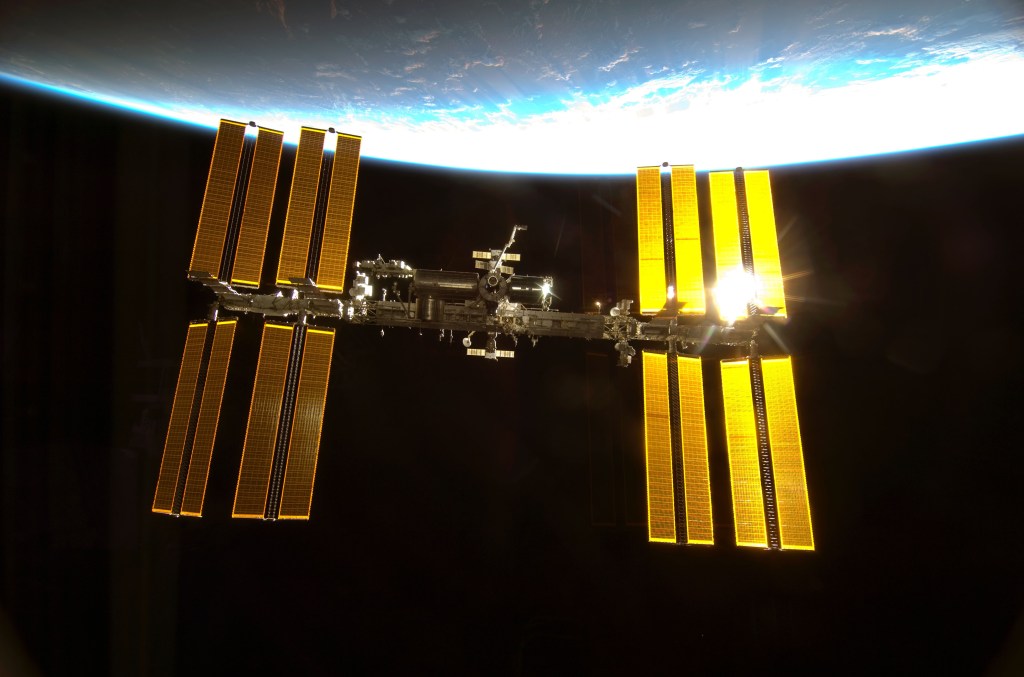
After reaching orbit, the astronauts opened the payload bay doors, deployed the shuttle's radiators, and removed their bulky launch and entry suits, stowing them for the remainder of the flight. They spent six hours on their second day in space conducting a detailed inspection of Endeavour's nose cap and wing leading edges, taking turns operating the shuttle remote manipulator system, or robotic arm, and the Orbiter Boom Sensor System.
On the mission's third day, Zamka assisted by his crewmates brought Endeavour in for a docking with the space station. During the rendezvous, Zamka stopped the approach at 600 feet and completed a pitch maneuver so astronauts aboard the station could photograph Endeavour's underside to look for any damage to the tiles. Zamka then manually guided Endeavour to a docking at the Pressurized Mating Adapter-2 attached to the Harmony module. After docking, the crews opened the hatches and the five-person station crew welcomed the six-member shuttle crew. Patrick and Expedition 22 Flight Engineer Timothy "T.J." Creamer used the space station robotic arm to remove the inspection boom and hand it off to the shuttle arm operated by Hire and Virts. At the end of the day, Behnken and Partick entered the station's airlock, reduced its pressure and breathed pure oxygen for an hour before and an hour after sleep to rid their bodies of nitrogen to prevent the bends.
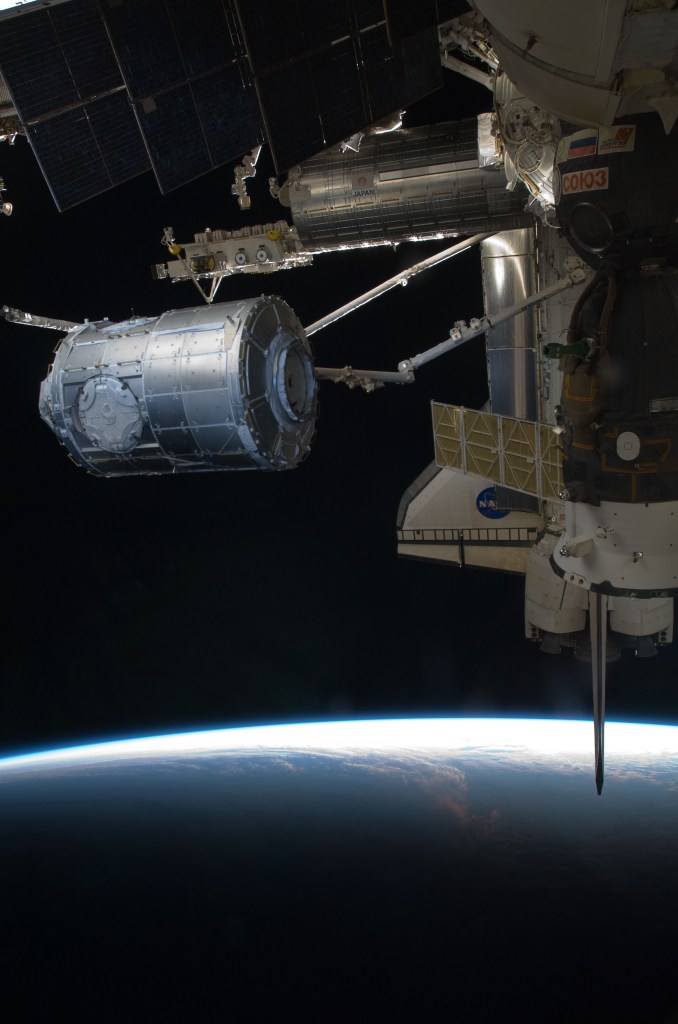
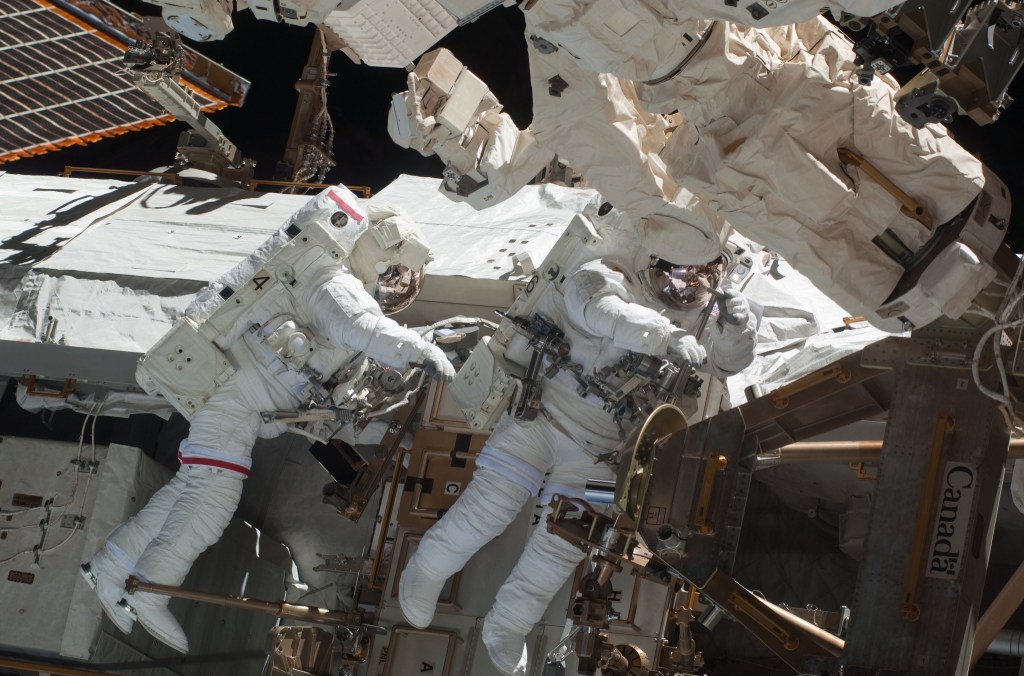
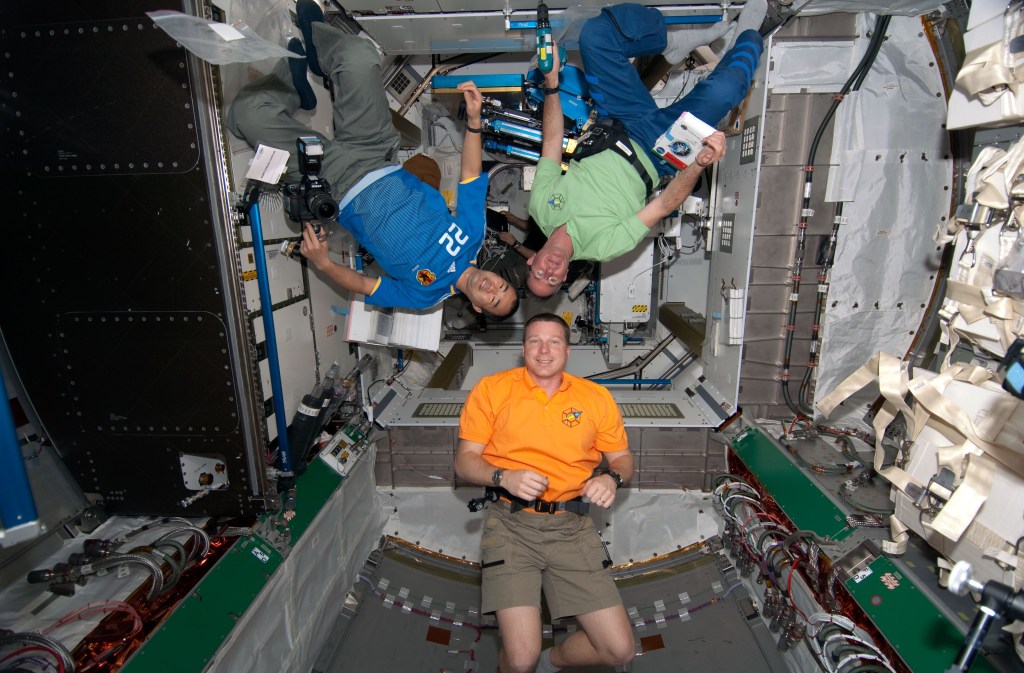
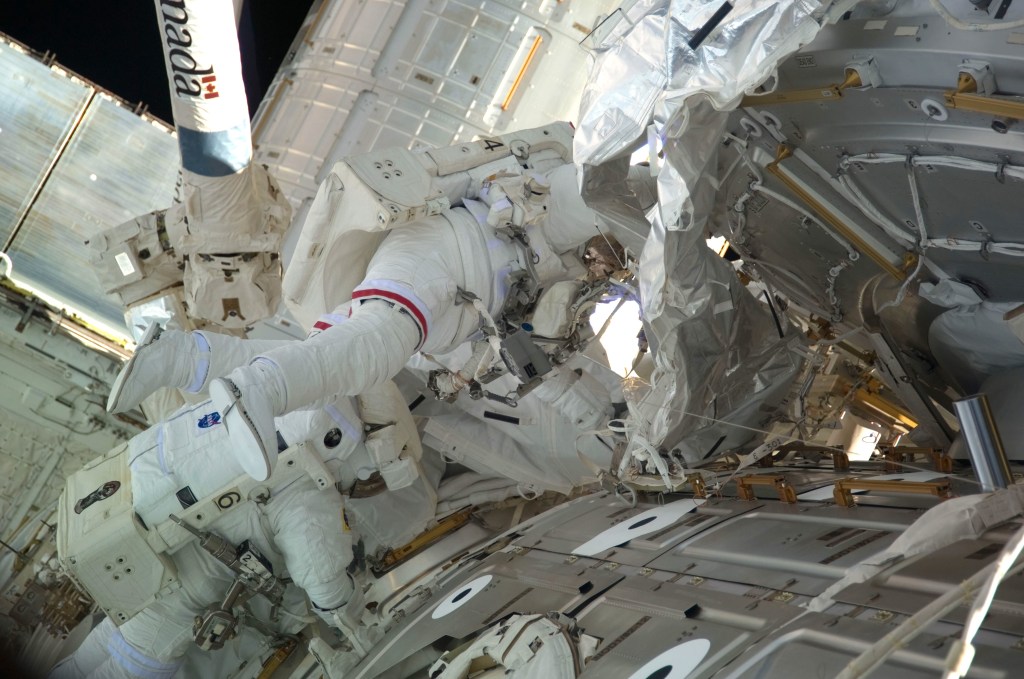
The astronauts completed the major transfer activity of the mission on flight day five, a highly choreographed spacewalk and robotics effort to move the Tranquility and cupola modules from the shuttle to the station. Behnken and Patrick exited the airlock to begin the mission's first excursion, first venturing to the shuttle payload bay to remove launch locks from Tranquility. Virts and Hire used the station arm to remove the joined modules from the payload bay and attach it to the Unity module's port side. Behnken and Partick connected temporary heater and data cables to the new module. This first spacewalk lasted six hours 32 minutes. The next day, the joint crews began outfitting Tranquility and preparing to relocate the cupola from the end of the module to its Earth-facing port.
On the mission's seventh day, some of the astronauts continued outfitting and configuring the new modules. In the meantime, Behnken and Patrick stepped outside for a five-hour 54-minute excursion, to install ammonia coolant loops and thermal blankets to protect the ammonia hoses, and outfitted Tranquility's Earth-facing port to accept the cupola.
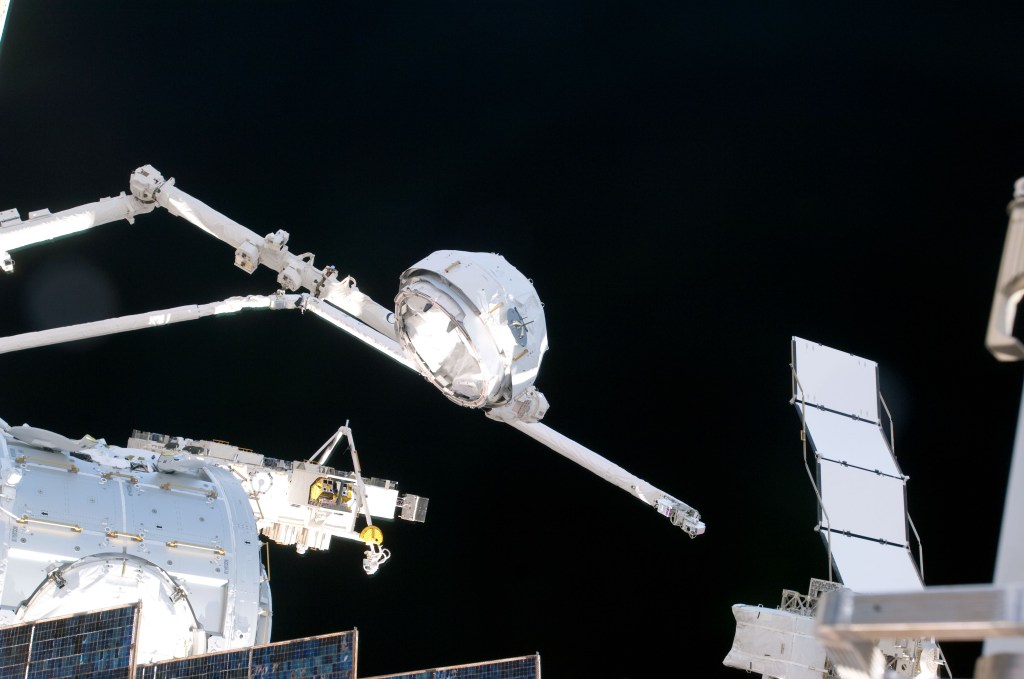
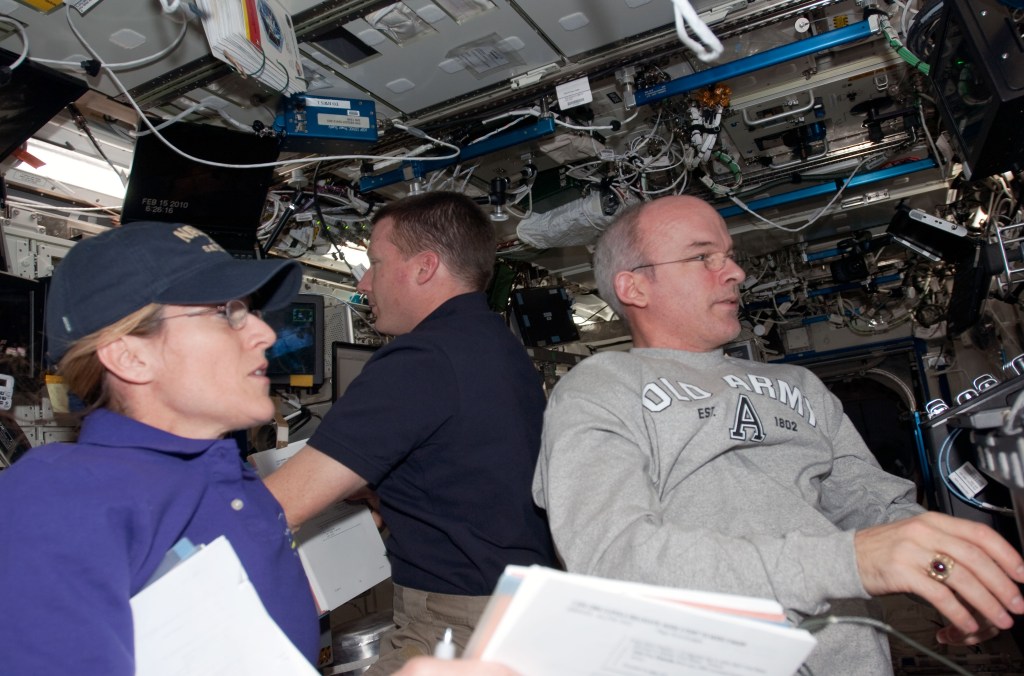

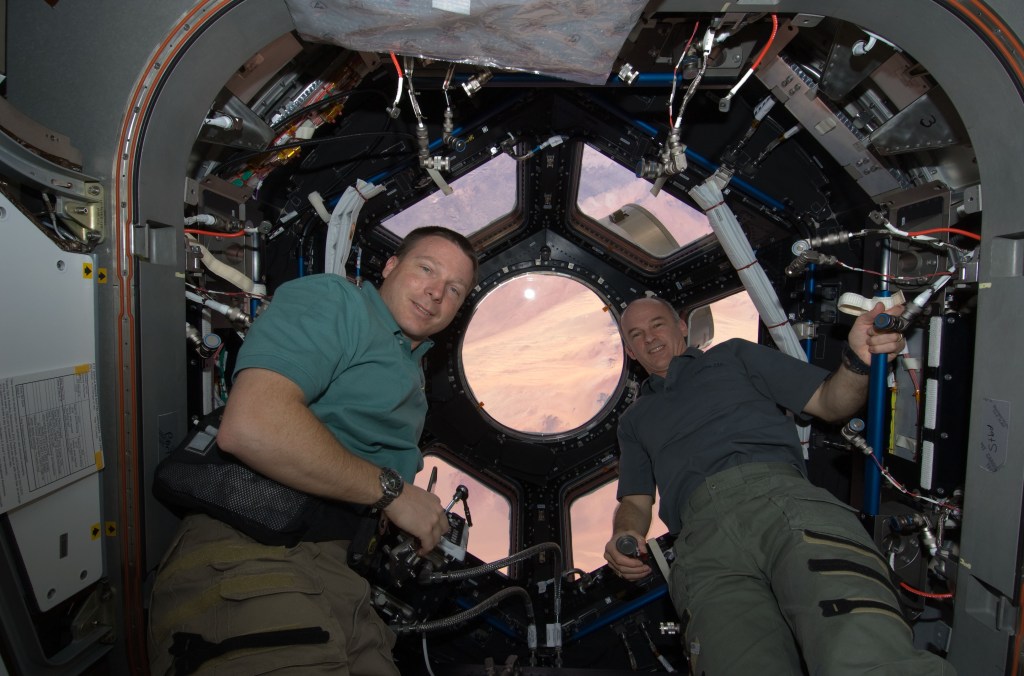
The next day, Hire and Virts, assisted by Expedition 22 Commander Jeffery Williams, used the station's robotic arm to relocate the cupola. On flight day 9, Behnken and Patrick operated the station arm to relocate the Pressurized Mating Adapter-3 from Harmony to Tranquility. The crews continued internal cargo transfers and began outfitting the cupola.
On the mission's 10th day, Patrick and Behnken completed their third and final spacewalk. During the five-hour 48-minute excursion, they removed thermal blankets and launch locks from the cupola, installed handrails, connected the second cooling loop on Tranquility, and connected heater and data cables. Inside the cupola, Hire and Virts installed the robotics workstation. Across their three spacewalks, Behnken and Patrick spent 18 hours 14 minutes outside.
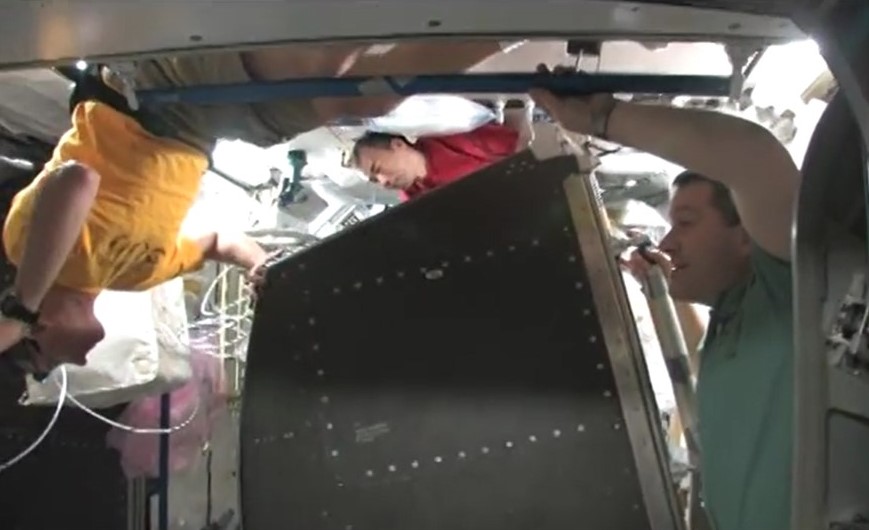
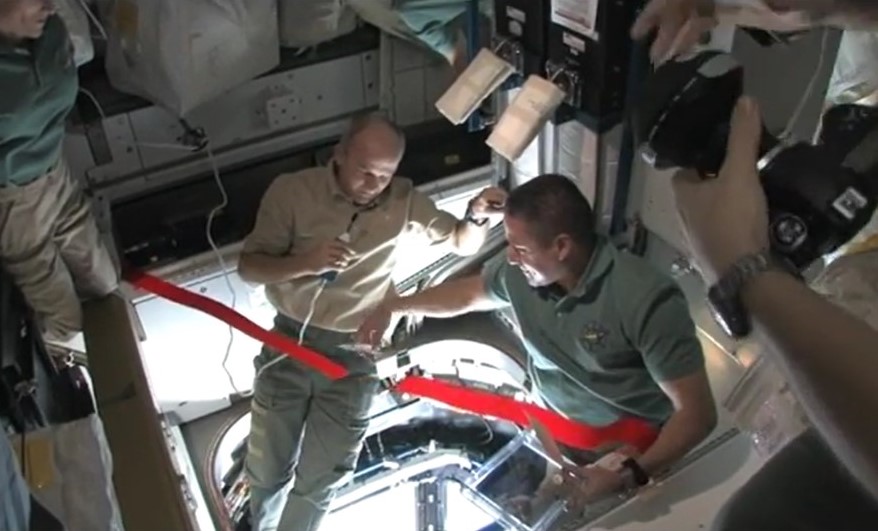
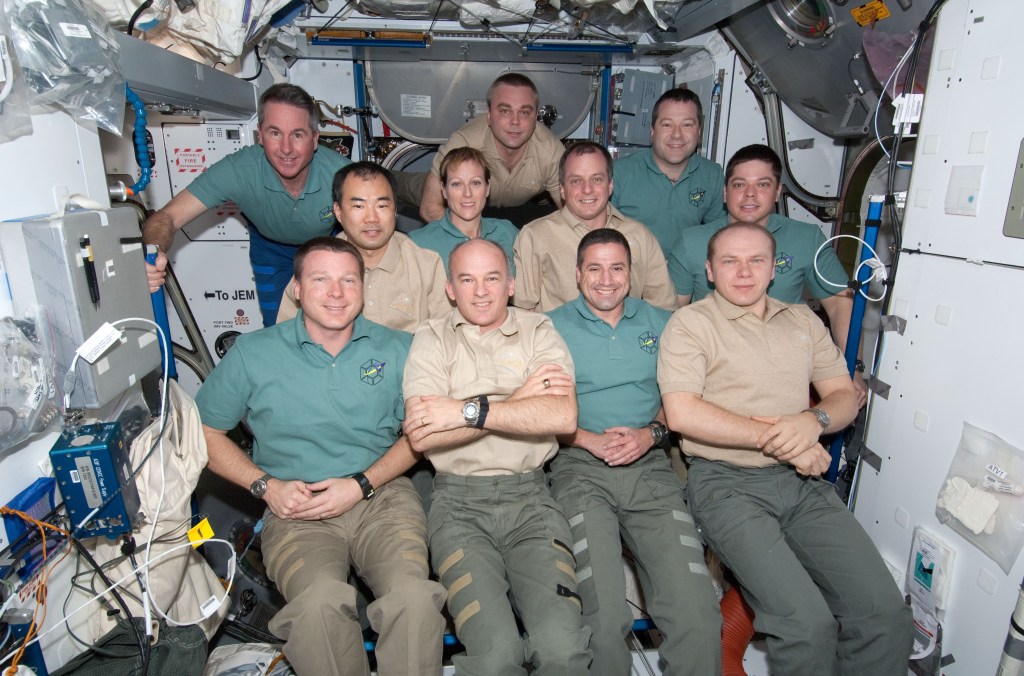
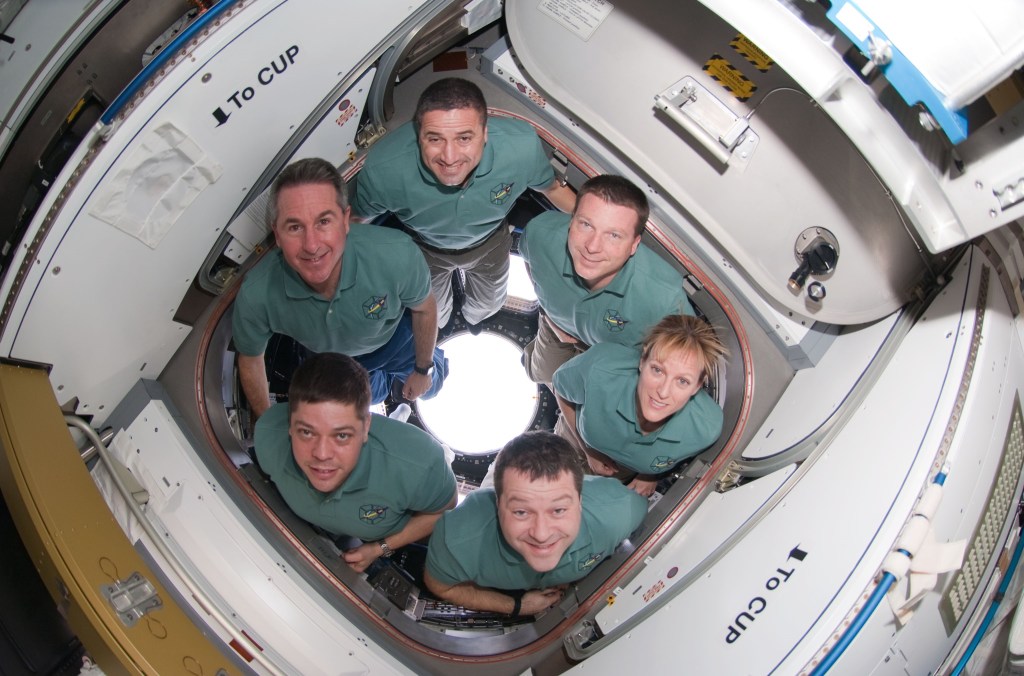
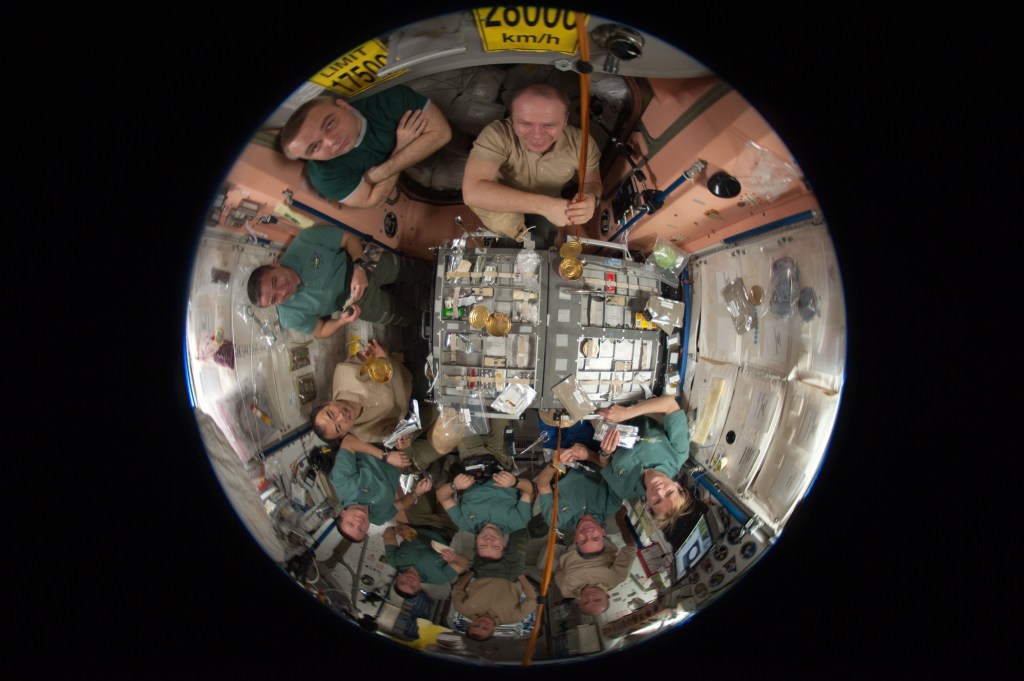
The crews spent flight day 11 outfitting Tranquility with systems racks and other equipment moved from the Destiny U.S. Laboratory module. Virts finished installing robotic workstation equipment in the Cupola. Behnken and Partick transferred their spacesuits back to the shuttle for return to Earth. The crew received a phone call from President Barack Obama and several schoolchildren. Zamka and Virts used the shuttle's thrusters to reboost the space station.
The next day, after holding a news conference with reporters on the ground, shuttle commander Zamka and station commander Williams held a ribbon-cutting ceremony to formally declare Tranquility and the cupola open for business. After a final meal together, the two crews held a farewell ceremony, returned to their respective spacecraft, and closed the hatches.
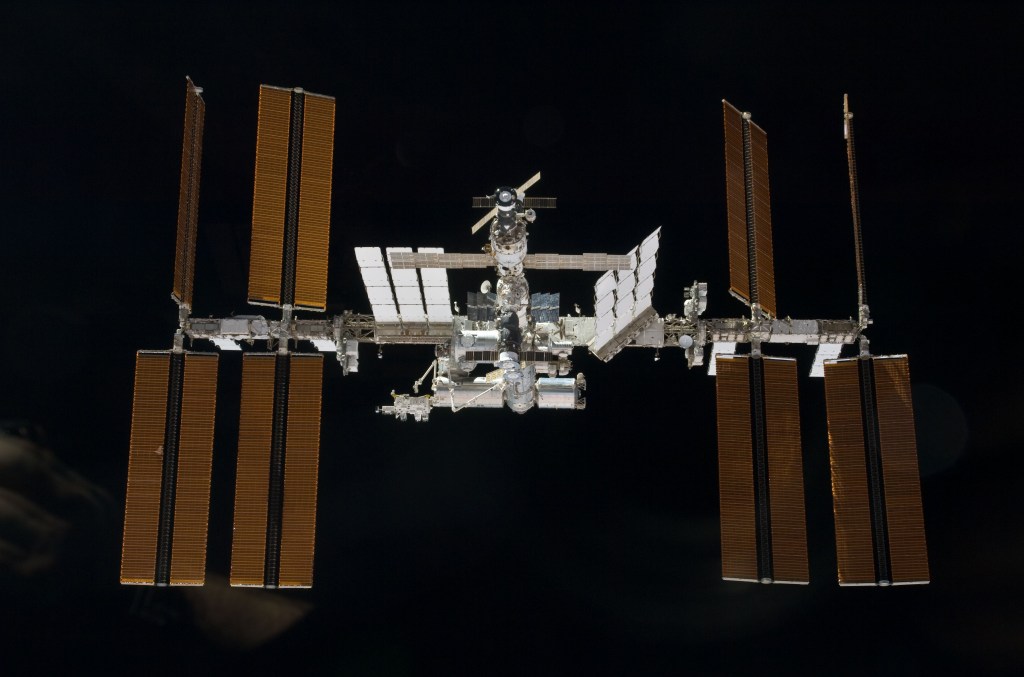
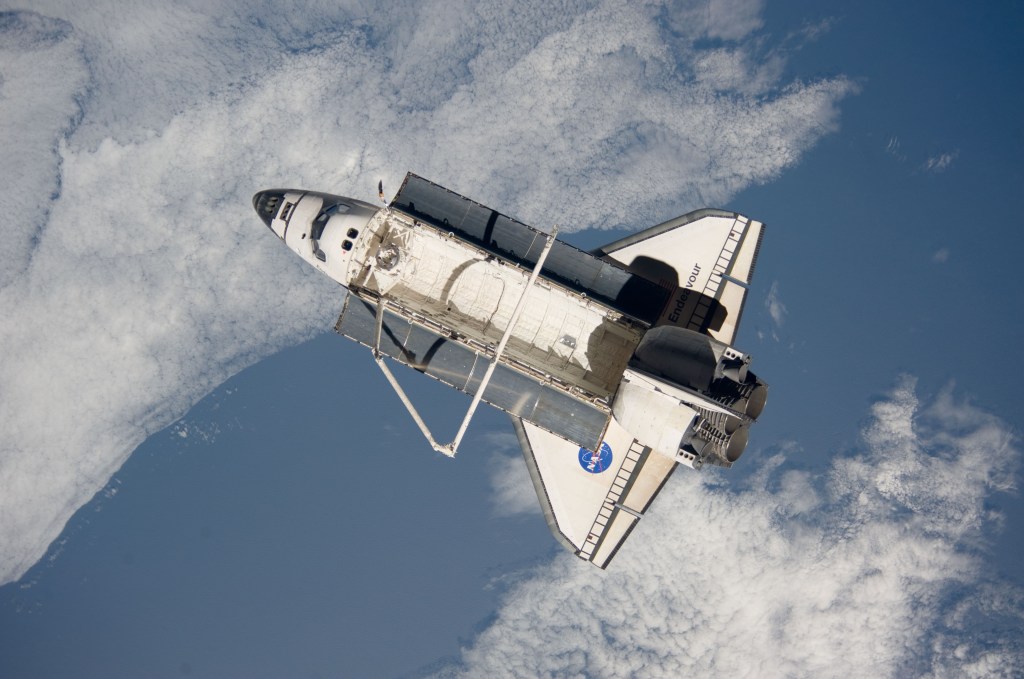
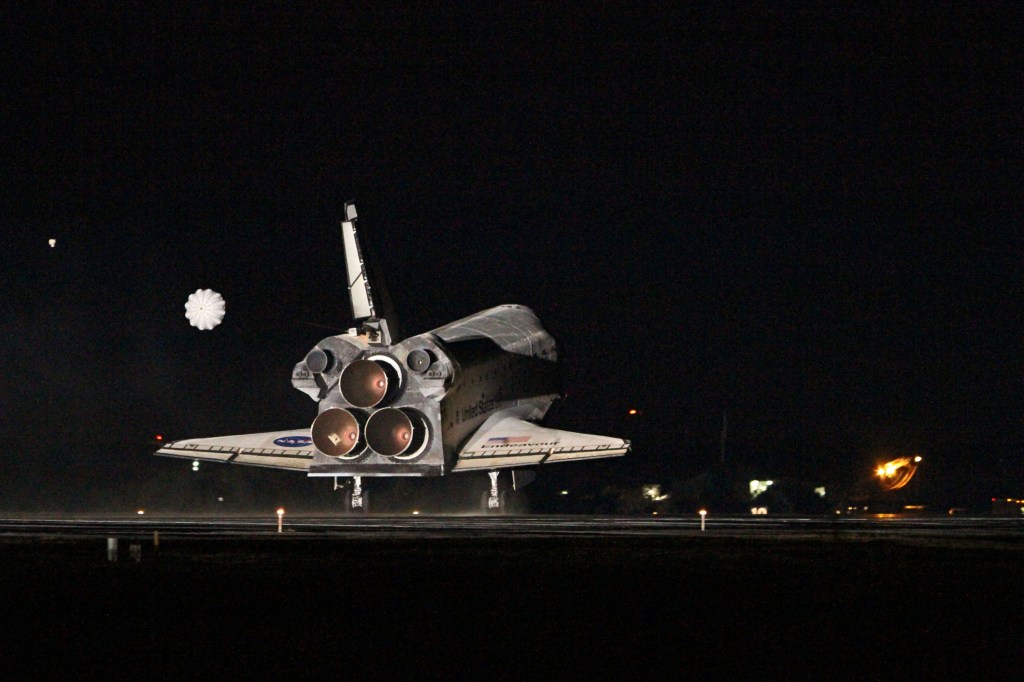
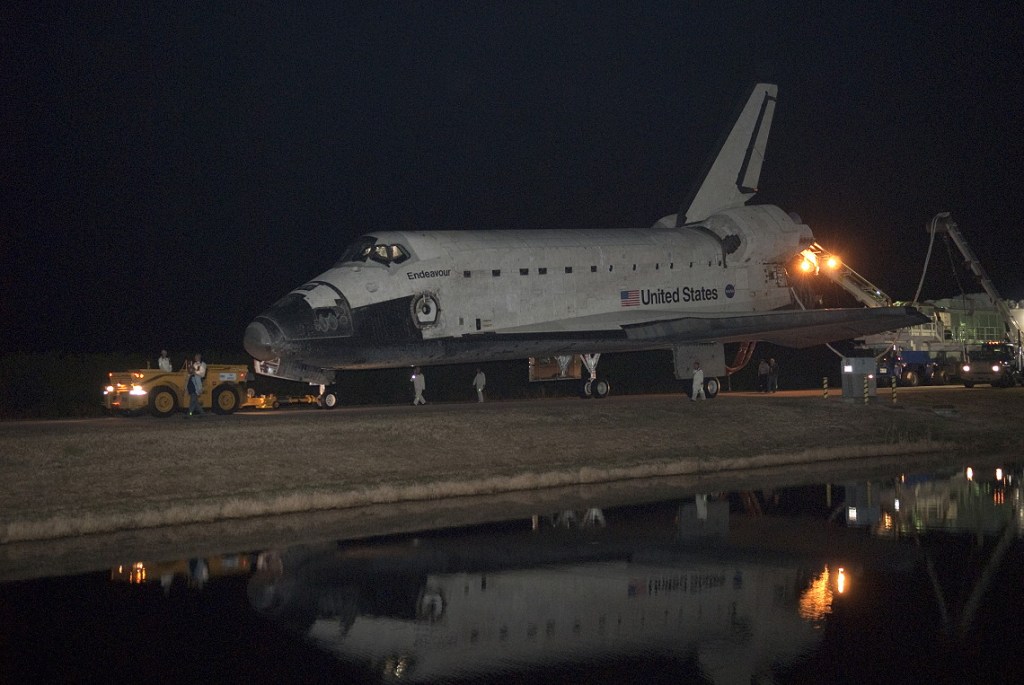
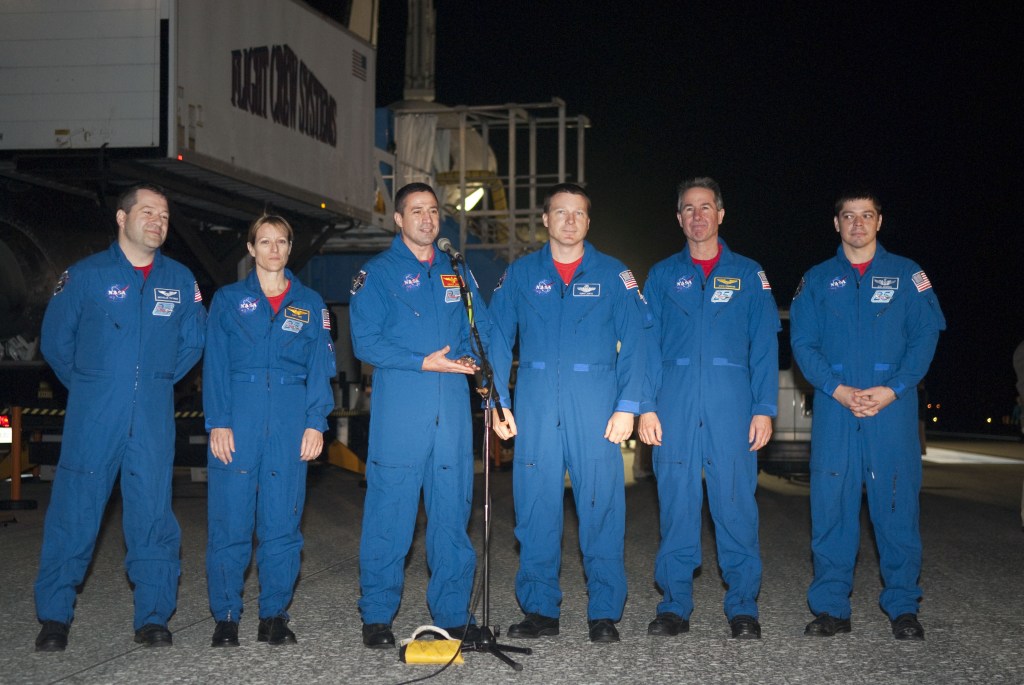
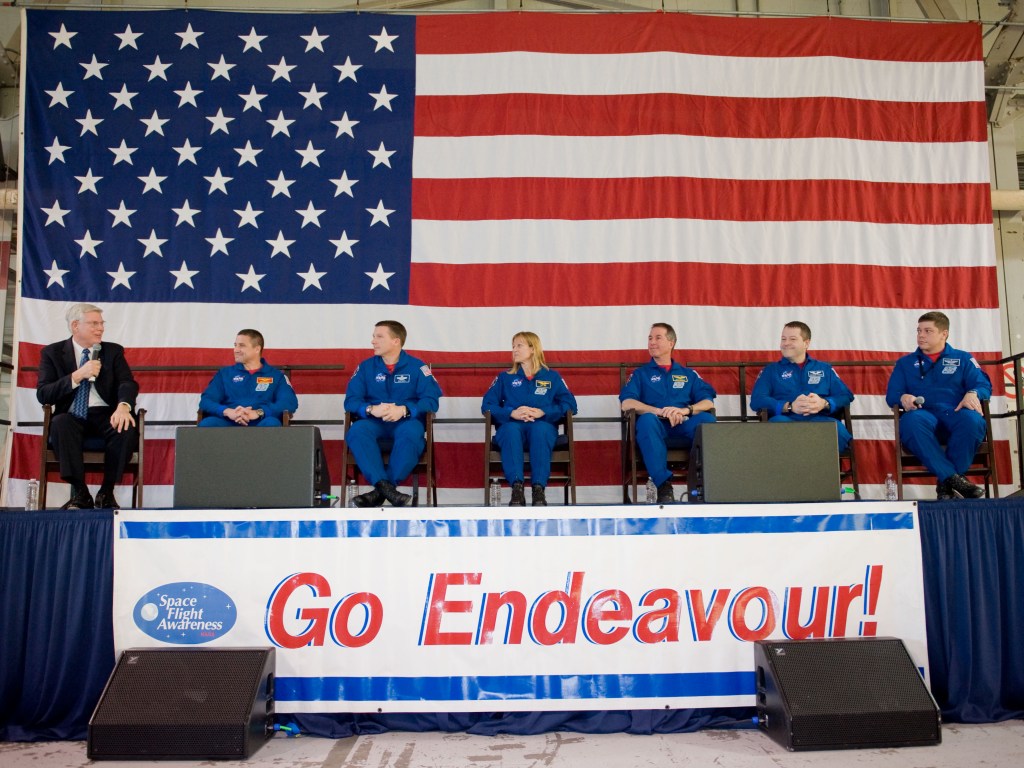
On flight day 13, with Virts at the controls, Endeavour undocked from the space station, having spent nearly 10 days as a single spacecraft. The astronauts used the shuttle's arm and boom sensors to perform a late inspection of Endeavour's thermal protection system. On flight day 14, Zamka and Virts tested the orbiter's reaction control system thrusters and flight control surfaces in preparation for the next day's entry and landing.
On Feb. 22, Hire and Robinson closed Endeavour's payload bay doors. The six astronauts donned their launch and entry suits and strapped themselves into their seats. Zamka and Virts fired Endeavour's two Orbital Maneuvering System engines to bring them out of orbit and Zamka guided Endeavour to a smooth touchdown at Kennedy's Shuttle Landing Facility. The landing capped off a successful mission of 13 days, 18 hours, six minutes and 217 orbits of the Earth. Workers at Kennedy towed Endeavour to the processing facility to prepare it for its next and final flight, STS-134 in May 2011, and the astronauts returned to Houston for a welcoming ceremony at Ellington Field.
Watch the crew narrate a video about the STS-130 mission.






